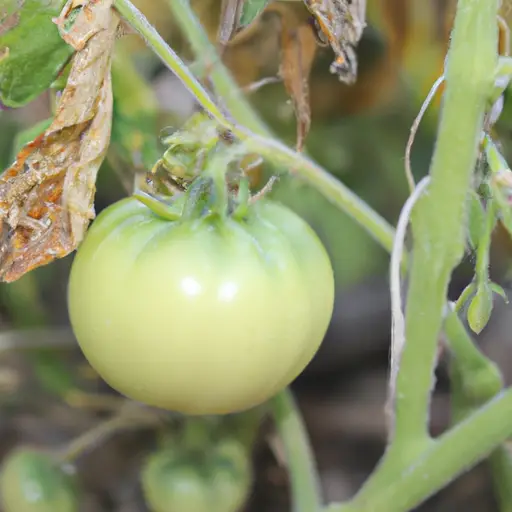Tips for Creating a Thriving Fruit and Vegetable Garden
Gardening is a wonderful hobby that allows you to connect with nature, create beautiful outdoor spaces, and even grow your own food. Creating a fruit and vegetable garden can be especially rewarding, as it not only provides fresh produce for you and your family but also promotes healthy eating habits. If you’re ready to embark on this green journey, here are some tips for creating a thriving fruit and vegetable garden.
1. Select the Right Location:
Choosing the right location is vital for a successful fruit and vegetable garden. Pick an area with plenty of sunlight, as most edibles require at least six hours of direct sunlight daily. Ensure that the soil in the chosen spot is well-draining, rich in organic matter, and free from any contaminants or chemicals.
2. Plan Your Layout:
Before planting anything, it’s essential to plan out your garden’s layout. Consider the size of the plants at maturity and their spacing requirements. This will help you avoid overcrowding and ensure that each plant gets enough space to thrive. Additionally, by planning ahead, you can optimize the use of your space efficiently.
3. Prepare the Soil:
Healthy soil is the foundation of any successful garden. Start by removing any weeds or debris from the chosen area. Then till or dig up the soil to loosen it and improve drainage. Incorporate organic matter like compost or well-rotted manure to add nutrients and improve soil structure.
4. Choose Your Plants Wisely:
When selecting plants for your fruit and vegetable garden, take into account factors such as climate, available space, personal preferences, and time commitment required for maintenance. Opt for plants that are suited to your region’s climate conditions to ensure their success.
5. Provide Ample Water:
Watering plays a crucial role in maintaining healthy plants in your garden. Make sure to water deeply rather than frequently to encourage deep root growth. Watering early in the morning or late in the evening minimizes water loss due to evaporation. Consider using a drip irrigation system or soaker hoses to ensure efficient water usage.

6. Implement Crop Rotation:
Crop rotation is a technique used to prevent the buildup of pests and diseases in your garden. By rotating crop families each season, you disrupt pests’ life cycles and reduce their impact on your plants. Additionally, rotating crops helps maintain soil fertility by balancing nutrient usage.
7. Mulch for Moisture Retention:
Mulching is an effective way to conserve moisture, suppress weed growth, and improve soil health. Apply organic mulch like straw, wood chips, or leaves around your plants, leaving space around the stem to prevent rotting. Mulching also moderates soil temperature, keeping roots cool during hot weather.
8. Use Natural Pest Control Methods:
To avoid using harmful chemicals in your garden, employ natural pest control methods such as companion planting and handpicking pests. Companion planting involves growing certain plants together that benefit each other by repelling pests or attracting beneficial insects.
9. Regular Maintenance:
Regular maintenance is key to a thriving fruit and vegetable garden. This includes regular watering, checking for signs of pests or diseases, pruning overgrown branches, removing weeds timely, and providing support for climbing plants when needed.
10. Harvest at Peak Ripeness:
One of the joys of having a fruit and vegetable garden is enjoying the fruits (and veggies) of your labor! Harvesting at peak ripeness guarantees the best flavor and nutritional value from your produce. Each plant has its own specific signs that indicate it’s ready for harvest – from color changes to firmness – so be sure to research about each crop beforehand.
Creating a thriving fruit and vegetable garden requires planning, dedication, and patience – but the rewards are more than worth it. Not only will you enjoy fresh produce right from your backyard but also discover a newfound appreciation for the wonders of nature and the joy of connecting with it. So, grab your gardening tools and get started on transforming your outdoor space into a bountiful garden.













